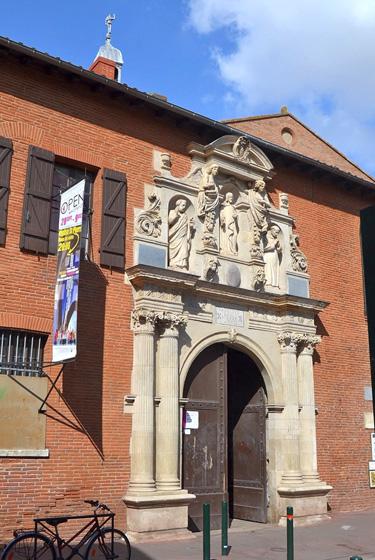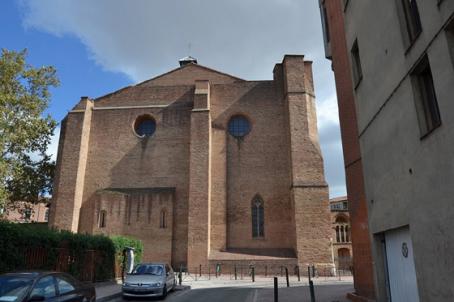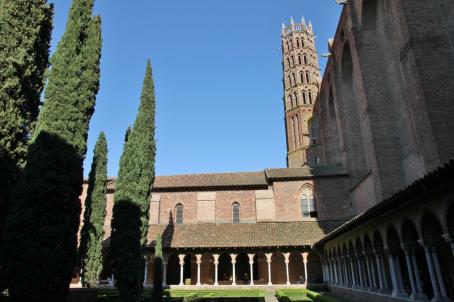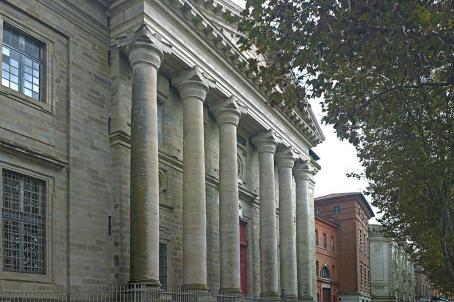Church of Saint-Pierre des Chartreux

The construction of the church began in 1602; the Carthusian brothers, driven out of the Carthusian monastery of Notre-Dame de Bellevue de Saïx (near Castres) by the Protestants, decided to build a monastery within the walls of Toulouse. After the fall of the first dome in 1609, the building was raised. The church was consecrated by Cardinal François de Sourdis on 20 May 1612. After the Revolution, the monks are expelled and the convent is transformed into an arsenal. Only the church, the former pharmacy, parts of the hotel (including a remarkable brick exterior corridor) and part of the cloister remain today. In 2001, the shock wave caused by the explosion of the AZF factory in the south of the town shook the walls of the church, forcing reinforcement work to be carried out. Some superficial cracks due to this episode are still visible. The church was first of all dedicated to the Virgin and to Saint Paul of Thebes, one of the first hermits and an important figure for the Carthusian monks.
About this building
Construction began in 1602, when the Carthusian monks came to Toulouse following the fire of their convent of Saix during the Wars of Religion. The church was consecrated in 1612. The present appearance of the building is that resulting from the work completed in 1787. The building consists of a central sanctuary with a square plan, dominated by a lantern covered with an openwork dome, added between 1780 and 1787. To the east is the religious choir and to the west is the nave of the faithful. The religious choir consists of a vessel covered with a plaster barrel vault. The nave of the faithful, less long, is flanked on either side by three side chapels. It is preceded by a narthex. The central sanctuary is decorated with a Corinthian order. The ensemble has kept all its ancient decoration. 17th century cloister. Most of the buildings disappeared during its use as an arsenal in the 19th century.





